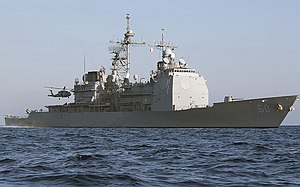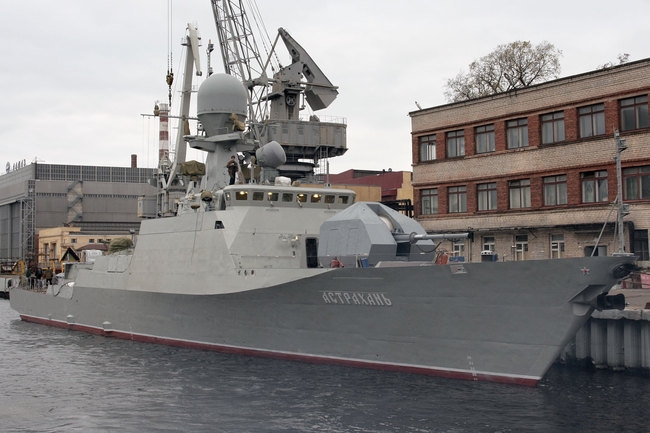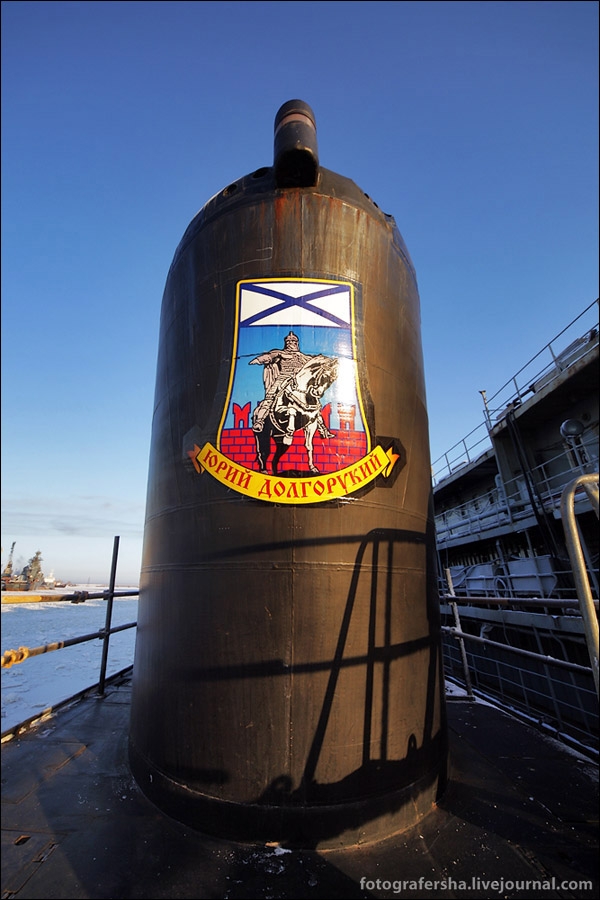News for the Week
Frukus

The United States, France, United Kingdom, and Russia are conducting join operations and drills in the Baltic Sea. These are annual exercises that build cooperation and security measures between the countries. The following ships are participating in the exercises.
United States-USS Normandy (CG-60)

France- DeGrasse

Russian- Yaroslav Mudriy

United Kingdom- HMS York
Here is a quote from the commanding officer of the USS Normandy,Capt. Kevin Hill
“Another essential part to promoting peace and security throughout a region is that we and our partner nations need to be able to work together and stand tall to deter an enemy threat. With these security exercises, we showed that we are more than capable of coming together to stand up for freedom and democracy in a way that says we stand united. We will continue to ensure that the waters of the world are secure and free of oppression.”
Here is an article about FRUKUS
Yuri Dolgorukiy
The Yuri Dolgorukiy has completed all of its sea trials and will soon be accepted into the fleet. The planned day of turnover will be Navy Day, 29 July. Also mentioned by the shipyard is that the former Admiral Gorshkov will be turned over to the Indian Navy by the 4th of December.
For the Russian speakers out there here is the article.










